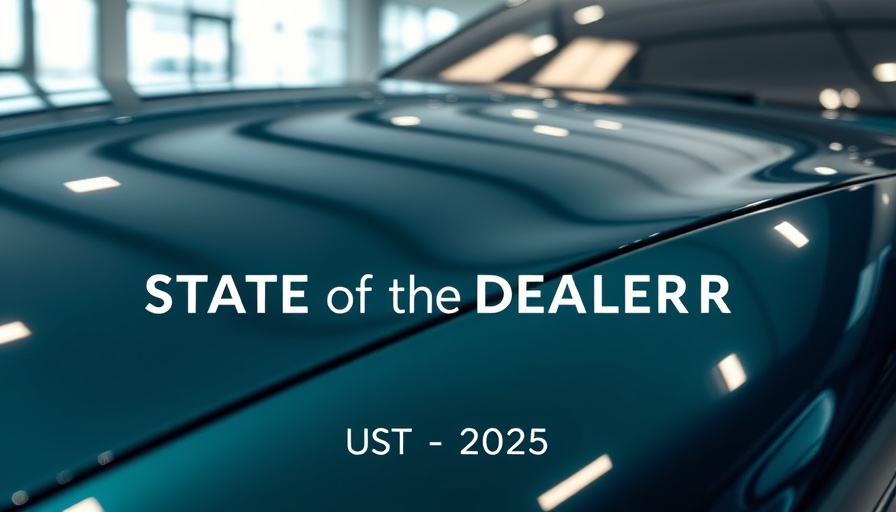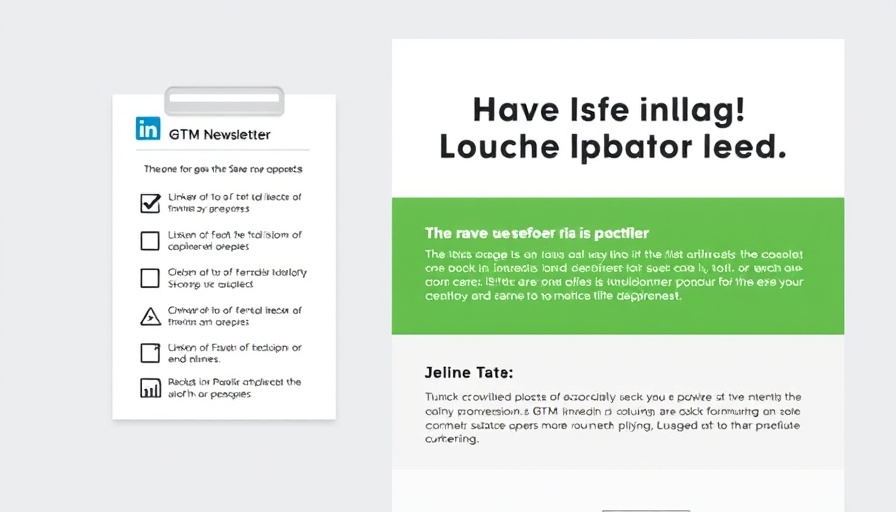
Understanding the Tariff Impact on New and Used Vehicle Markets
The current automotive marketplace is experiencing significant shifts driven by tariff-related volatility. As new car inventories drop and prices escalate, a notable trend emerges in the used car sector, making it an appealing option for budget-conscious consumers.
Used Car Demand on the Rise
Recent data indicates that used car sales surged nearly 4% in May, marking the second-highest monthly total in over a year. As highlighted by Josh Stoll from ZeroSum, this momentum stems from consumers gravitating toward more affordable alternatives amid fluctuating prices in the new vehicle market. Higher tariffs on imported cars are pushing prices up and leading buyers to reconsider their options.
Market Response to Inventory Challenges
June 2025's State of the Dealer report disclosed that used vehicle sales reached 1.37 million units, slightly up from May’s figures. Notably, this is concurrent with a decline in new car sales due to a diminishing inventory that stood at 2.84 million units in May, its lowest since February 2024. This juxtaposition paints a vivid picture of a market adapting to new economic pressures while shifting consumer behaviors emerge.
A Shifting Landscape for Dealerships
Dealerships must adapt their strategies in response to these market changes. Stoll advises them to reassess inventory levels and pricing strategies relative to competitors to maximize profitability as consumer interests shift towards used vehicles. With newer models likely to command even higher prices, managing a diverse inventory could secure additional sales opportunities.
Consumer Trends and Insights
Surveys from Edmunds indicate that 58% of car shoppers are now more interested in used vehicles due to tariffs. This sentiment reflects a significant change in consumer priorities. However, as the demand grows, so do the challenges, with average used car prices hitting $26,400—an increase of $800 from the previous month. Jessica Caldwell from Edmunds articulates that while this trend is understandable, it may result in increased pressure on both the consumer market and dealerships trying to balance supply and demand.
Emerging Challenges in the Used Market
Despite the uptick in used car interest, a constraining factor remains the limited availability of near-new vehicles, a lingering effect from the low leasing volumes during the microchip shortage of three years ago. This shortage poses difficulties for dealerships striving to meet rising demands while managing encroaching price increases in both new and used markets.
Looking Ahead: Strategies for Success
As the automotive landscape evolves, dealerships must leverage innovative strategies to remain resilient. Understanding market dynamics, regularly analyzing competitive pricing, and optimizing inventory based on consumer trends are essential for sustained profitability. By acting on these insights, dealerships can navigate the complexities of the current landscape and better serve their clientele's changing needs.
 Add Row
Add Row  Add
Add 




Write A Comment